Music is good for both mind and body in many ways. This article explores the amazing benefits of background music, how music affects us all, and how a background music system can transform your business environment.
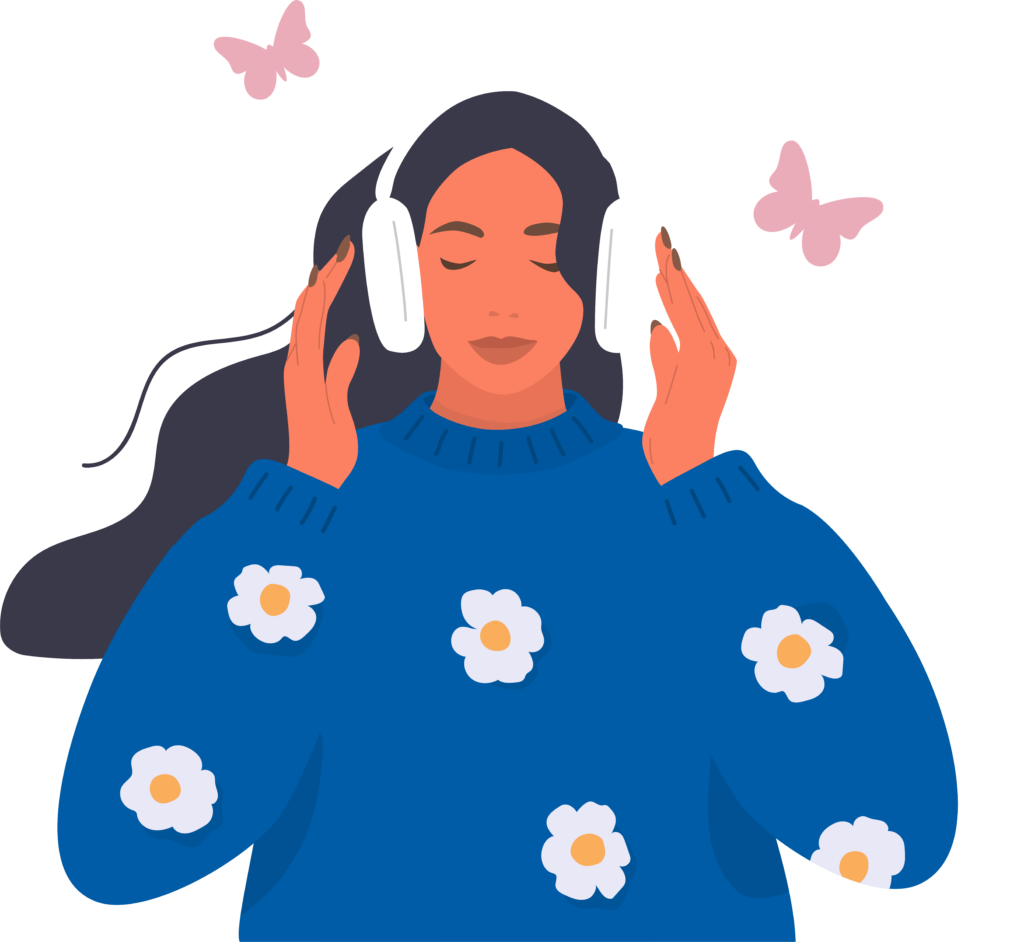
In 2021, a group of doctors at Erasmus University Medical Center in Rotterdam reported that they could significantly reduce patient anxiety and pain without risks or side effects. How? The physicians prescribed music therapy.
From ancient times to today, music has been a foundational part of our well-being. The prominent Greek philosopher Plato believed that music, in the form of rhythm and harmony, “finds its way into the inward places of the soul.”
“Music gives soul to the universe, wings to the mind, flight to the imagination,
Plato
and life to everything.”
Music was indeed applied therapeutically in ancient Greece. Indigenous cultures have long incorporated music in healing rituals. In the First Book of Samuel, in the Bible, David treats King Saul’s depression by playing the harp. Today, we see a vibrant music therapy profession around the world.
The amazing benefits of background music
Download this article as a pdf whitepaper from Easy On Hold.
A plethora of studies reveal that music, even when played in “the background”:
- improves memory
- aids in learning
- improves mood
- reduces anxiety
- helps relieve symptoms of depression
- can regulate breathing, heart rate and blood pressure
- decrease fatigue
- manage pain
- help those with Alzheimer’s and Parkinson’s disease
In this report, we’ll look into how music does so many good things and then discuss
specific methods for deploying music in business environments.
How does it work?
Why is experiencing music so helpful to us all? What’s going on?
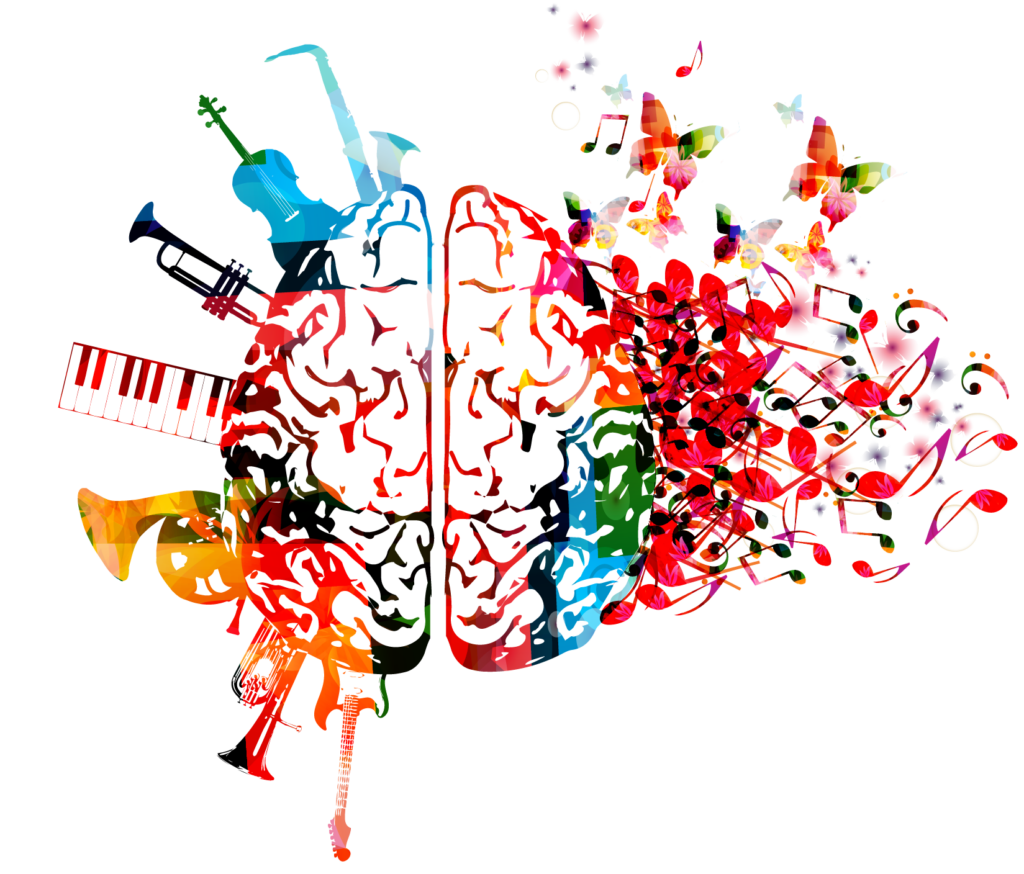
Music In The Brain
According to David Silbersweig, the Stanley Cobb Professor of Psychiatry at Harvard Medical School, music immediately affects the brain.
“It unfolds in real time and captures our attention in a way that cannot be negotiated — makes it an ideal vehicle for creating specific experiences in the brain. With both immediate and long-term exposure to music, a person’s neurons will fire in new ways, helping to shape communication pathways over time.”
Andrew E. Budson, writing in Harvard Health, says music activates almost all of the brain regions and networks, an experience akin to participation in social activities.
“We seem to be very much tuned for music. It resonates with us in some important way.”⁴
David Silbersweig, Professor of Psychiatry, Harvard Medical School
Music releases a mood-enhancing chemical in the brain called dopamine, a type of neurotransmitter. Dopamine is known as the “feel-good” hormone due to its role as a reward system. When we experience pleasure, our brains release dopamine.
Music For All Ages
Music helps us learn, so it’s great for stimulating children (we all sang our ABCs). At naptime, a soothing tune sets the atmosphere for a peaceful encounter.⁷
As we grow older, music can give our brain a beneficial workout, according to an article from Johns Hopkins Medical.⁸ “Music is structural, mathematical and architectural,” the report says, adding, “You may not be aware of it, but your brain has to do a lot of computing to make sense of it.”
An aging population has prompted an interest in non-pharmacological interventions for seniors. A WebMD article medically reviewed by Dan Brenan, MD, in November of 2021⁵, points out that older adults can especially benefit from listening to music. Could this help explain the extraordinary longevity of musicians who continue to endure the rigors of the road? As of this writing, Cher (78), Willie Nelson (91), Sir Paul McCartney (82), and Kieth Richards of the Rolling Stones (81) all have 2025 concert tours planned.
Environmental Music
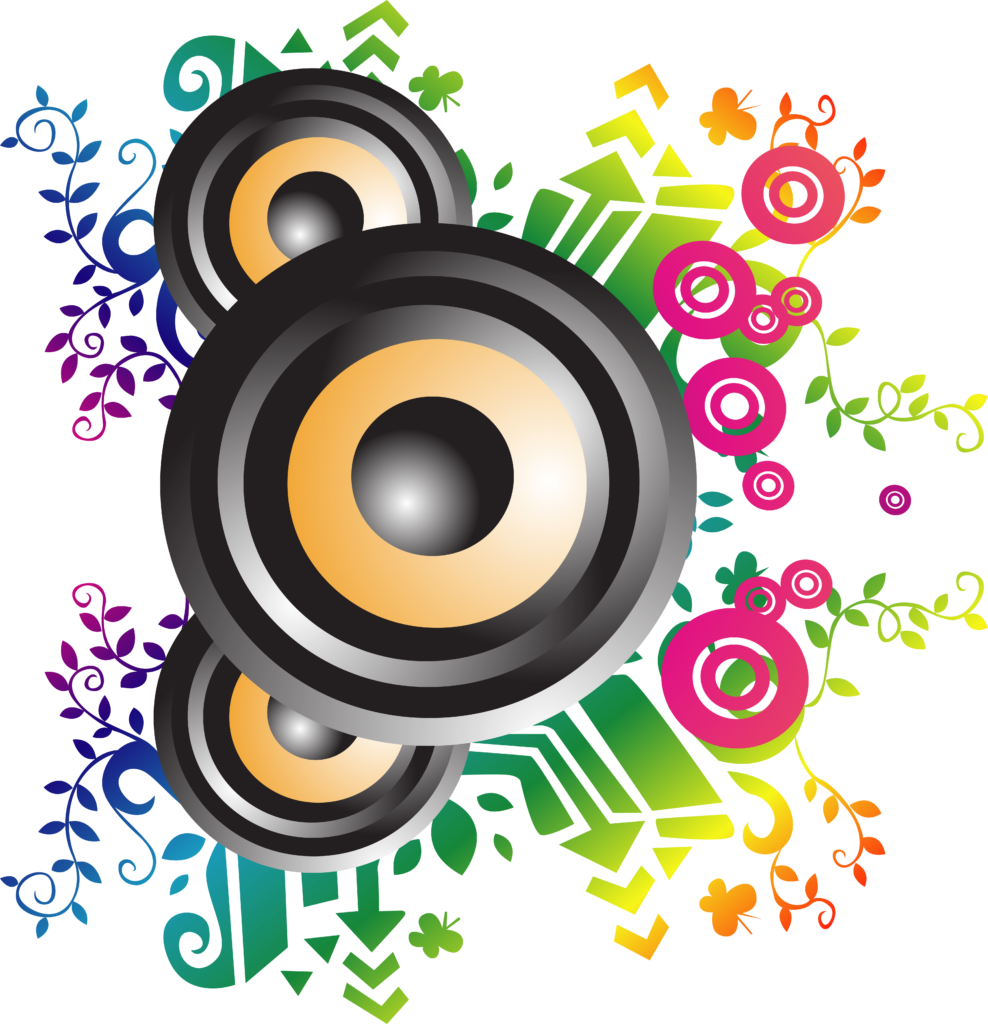
Music in the workplace
Todd Kunsman, the founder of Remote Work Junkie, a website dedicated to all things “remote work,” says he likes having control over the music he listens to while working. “Generally, I can play my favorite tunes through my external speakers connected to my laptop.” He quotes mental health expert Will Tottle, who says, “For many, music can help someone focus, get more done, and feel motivated.”
The work-from-home economy has allowed many to enjoy the benefits of background music while working. For those gathering in an office, warehouse, or other workplaces, a background music system might be considered. Famously, Army General George O. Squier founded a company in 1934 to bring music to the masses. The company’s Stimulus Progression technique programmed 15-minute blocks of music by tempo. The goal was to generate employee happiness and productivity.
With today’s streaming technology, music genres, and tempos can be programmed remotely, offering employers plenty of options for establishing a sound that keeps things humming. However, music can also help people when they’re outside of the home, shopping, dining, visiting medical offices, etc.
Benefits of Background Music In Public Spaces
Creating a pleasing atmosphere in a public space, such as a retail store, coffee shop, medical office, or waiting room, can be an art and a science. Designers of public spaces consider traffic flow, printed messaging, flooring and ceiling materials, and, of course, colors and lighting. Businesses call it the customer experience, which can attract fans or turn away customers. One very important quality of a public space can be easily overlooked: the background music.
Like mixing a custom paint color, music mixes can influence visitor behavior. A little knowledge of music theory can help. According to the branding experts at IDealogic Brand Lab, music programmers should be aware of tempo (pace), mode (major or minor), genre (style), and volume (loudness).
How to Use Tempo, Volume, Genre, and Mode in Music Programming
Want to “turn over” tables more quickly? Try energetic music. Need customers to linger in hopes of adding dessert to the tab? Try slower-tempo music. Energetic music is often used as a motivational force to move customers more quickly through a store. These are two examples of how tempo can be managed via hourly programming to maximize effectiveness.
Banks, credit unions, and medical offices often employ music as a masking technique. The idea is to play lobby music to cover sensitive conversations. The audio level (volume) must be carefully adjusted to avoid the opposite effect: the raising of voices over the music.
Musical styles (genres) in retail stores can be managed to match the demographics of your shoppers. For example, if you have older visitors in the morning, you can cater to those tastes while bumping up-tempo and shifting to current music for younger shoppers in the afternoon and evening.
The musical term mode refers to scales within a song that make us feel certain emotions. “Do re mi fa so la ti do” is a major scale (Ionian mode) and is rather happy-sounding. A song may have several modes within it to shift emotion and feel. Modes can feel bright, bluesy, jazzy, serious, or unsettling.
Mode, genre, volume, and tempo are just the beginning of understanding music programming for a public space. A song’s familiarity, originality, melodic value, rhythmic style, instrumentation, and lyric content are all important. Music curators have an extensive understanding of music, old and new. Effective curators understand that different brands, venues, and situations require tailored soundtracks. They consider the ambiance, client demographics, and the purpose of the music.
Background Music for Healthcare
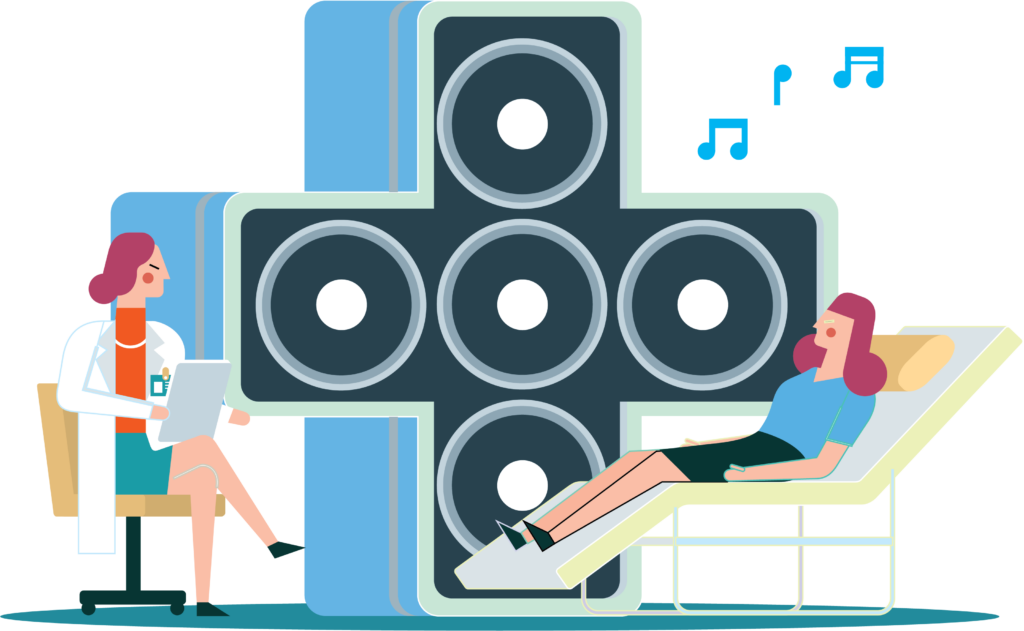
“The healing power of music is now being validated by medical research,” stated the New York Times in April of 2021. The publication referred to several studies examining the effectiveness of music therapy with live musicians in hospitals, including cancer and radiology centers. Is it possible that the health effects of music apply to background music in hospitals and medical centers? In many ways, yes.
“The healing power of music is now being validated by medical research.”
NEW YORK TIMES
The Right Genre in The Right Places
To optimize the positive effect of background music, most hospitals and medical care facilities utilize multiple music zones. Each specific area, such as waiting areas, recovery rooms, corridors, and dining rooms, can have its own unique music genre or schedule of multiple genres and volume settings. The two most common areas with their own unique music mixes are lobbies (including waiting areas) and dining facilities.
Lobbies and Waiting Areas
Lobbies and areas where patients are waiting should be a key focus of background music design. Waiting can be stressful, and slower-tempo instrumental music, including some classical music, can help.
Easy Instrumentals
Brandi Music offers several instrumental channels appropriate for waiting areas and lobbies. A variety of acoustic and light jazz sounds are non-interruptive and pleasant. Artists such as Peter White, Dave Koz, Acoustic Alchemy, and The Piano Guys are in this genre.
Guitar & Piano
The new-age sounds of easy-listening guitar and piano are perfect for soft background music. Calm, warm, and relaxing. Artists in this genre include George Winston, Tommy Emmanuel, and Liz Story.
Light Classical
Classical music can be somewhat unpredictable. Symphonic orchestrations can be overpowering. Pyotr Ilyich Tchaikovsky wrote light concertos and ballets (Swan Lake, The Nutcracker). He also wrote soaring, adventurous symphonies. The term Light Classical refers to a subset of classical music that is more accessible, melodious and less complex in structure than the broader classical genre.
Dining Areas
One key to music programming is to understand how the listening audience can vary by time of day. For this reason, a custom music schedule is ideal for setting up background music in medical facility dining areas. Here are some options.
Bright Instrumentals
When you see a “bright” genre, you can expect a lively energy level with a mostly major mode. Jazzy guitar, smooth keyboards, and some drums. Artists in this genre include The Rippingtons, Lee Ritenour, and Spyro Gyra.
Acoustic Cafe
The singer-songwriter genre is an easy-going, unplugged style of music with vocals. This is the coffee shop sound with artists like Sarah Jarosz, Vance Joy, Eva Cassidy and Tim Hardin.
The Right Genre at The Right Time
Instrumental music is very effective when your goal is to create a calming and pleasant environment. Vocal music, however, adds a layer of complexity that may or may not work in a particular zone.
Special occasions, such as the Christmas holiday season, offer a chance to use music to foster warm memories among visitors. These songs light up the brain’s pleasure circuit like a Christmas Tree.
Christian-based organizations often have a time of Instrumental Praise. A program of tasteful instrumental renditions of Christian praise and worship songs.
Spa Music is a soothing instrumental genre. It often uses electronic, minimalistic sounds with little tempo for a flowing experience. There is even a sub-genre of spa music called “healing music.” Sometimes, nature sounds, such as birdsong and water, can be incorporated into this meditative genre.
Music for your staff can also be considered. If you have an office that is not open to the public and has its own sound zone, you can program various genres of music that benefit employees. These genres can range from “decades” sounds (60s, 70s, 80s, etc.) to modern Chill music. With custom schedules, you can set up a “Classic Rock Lunch Hour” or “Throwback Thursday” mix.
Conclusion
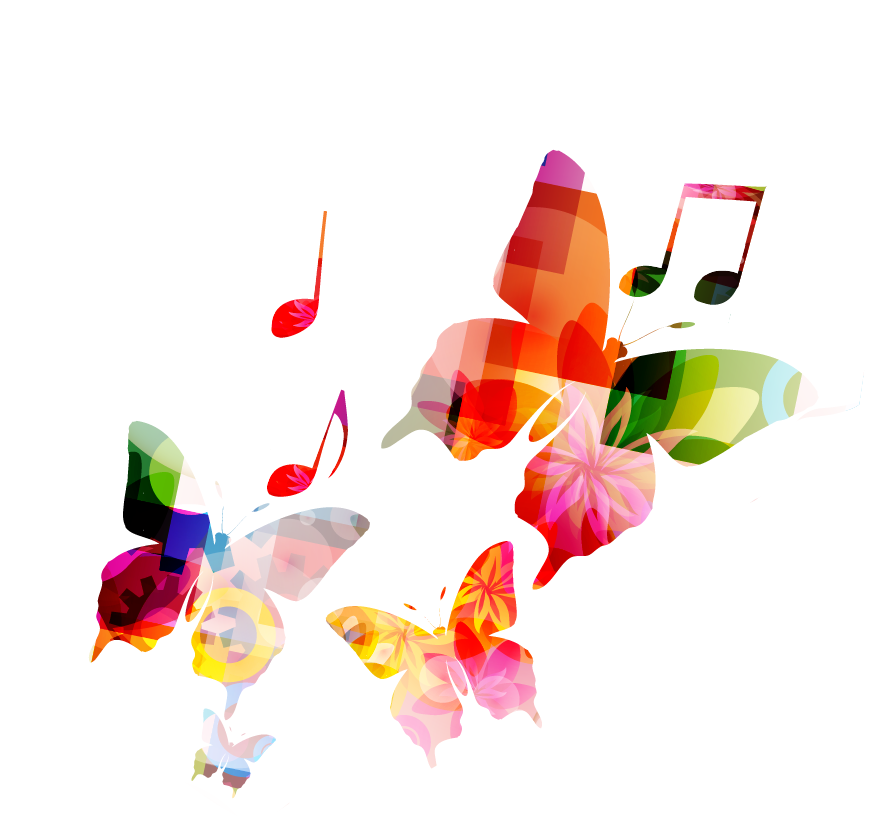
Music is Amazing – It Does So Much!
Music is not just sound; it’s a universal language that speaks to our soul, transcending borders and cultures. It has the power to soothe our minds, lift our spirits, and connect us in ways words often can’t. From the heartbeat-like rhythms that calm our nerves to the soaring melodies that inspire us, music touches every part of our being.
Research shows that music can reduce stress, alleviate pain, and boost our mood. Whether it’s the gentle strains of a lullaby that comfort us in times of need or the energetic beats of a drum that invigorate us, music’s therapeutic effects are profound. It’s no wonder that music therapy is used to aid recovery, enhance mental health, and improve physical well-being.
Music is intricately linked with our memories and emotions. A familiar tune can instantly transport us to another time, evoking memories and feelings long forgotten. This connection is so powerful that music is often used in Alzheimer’s care to help patients retrieve memories and emotions, proving that music is truly a bridge to our past and a comfort in our present.
Benefits of Background Music In Our Environment
Music contributes to our every experience. Whether we’re at work, navigating the aisles of a store, or waiting in a hospital lobby, music is there, creating atmosphere and making moments memorable.
In every beat, every note, and every lyric, music is a testament to the power of human creativity and connection. It’s a timeless companion, a healer, a teacher, and a unifier. You don’t have to play an instrument or sing. You don’t even need to be actively listening. Simply experiencing music is a vital part of our everyday lives. Truly, music is amazing.
